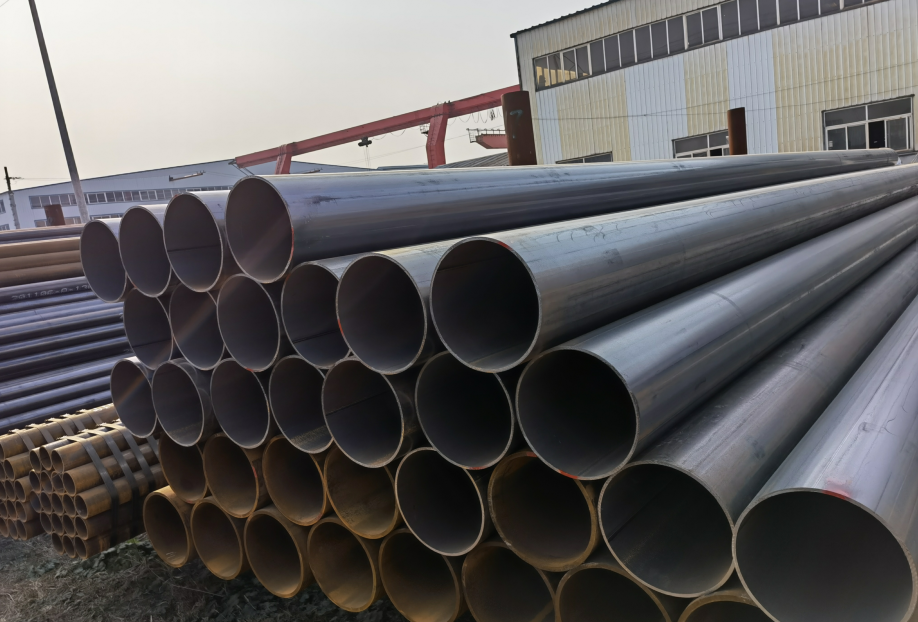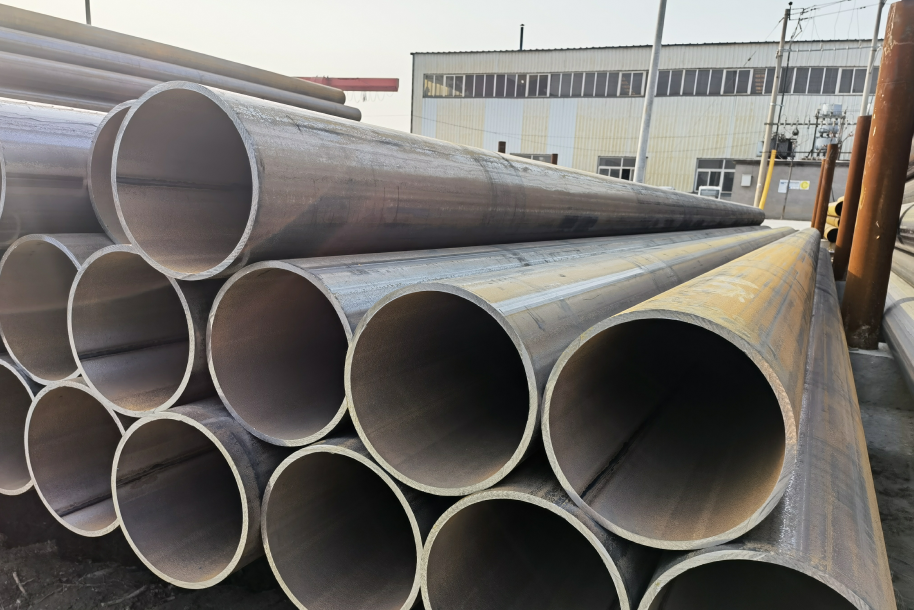Sharing China-Made with Global Customers

Sharing China-Made with Global Customers

Residual stress and deformation after welding generally exist at the same time. In the welding structure of low carbon steel, the influence of welding deformation on the welding structure is generally greater than the welding stress.
Generally, welding deformation can be divided into two types: overall deformation and local deformation. In practical structures, these two deformations exist at the same time. Overall deformation is the change of the size or shape of the whole structure, which usually occurs in the form of longitudinal and transverse shrinkage deformation, bending deformation and warping deformation. In the production of welded structures, not only the overall deformation of the structure, but also the angular deformation and wavy deformation of the local area of the structure will occur.
In addition, welding residual deformation can be divided into in-plane deformation and out of plane deformation.

Transverse shrinkage of welded joints
The transverse shrinkage shall be uniform along the length of the weld. However, this is not the case in actual butt joints, especially those with long welds. Because the actual welded structure often has complex transverse shrinkage, the transverse shrinkage of the joint is uneven. There are two reasons for uneven transverse contraction; First, when the plate is welded from one end to the other, the butt joint will rotate and deform, which depends on the influence of welding line energy and spot welding position. Second, the transverse shrinkage of weld and near weld area is affected by the degree of restraint. Generally, the larger the constraint, the smaller the deformation and the greater the residual stress.
Longitudinal deformation of welded joints
In the welding process, the main reason for the plastic deformation zone in the weld and its vicinity is the longitudinal deformation. The existence of the plastic deformation zone of the butt joint will inevitably lead to the longitudinal bending deformation or longitudinal shortening of the weldment.
The longitudinal deformation of plate depends on the weld cross-sectional area, weld length and plastic deformation zone volume, and is related to welding method, weld energy and welding process.

Angular deformation
Angular deformation often occurs in the welding of surfacing, beveled butt joints, lap joints and T-joints. Different joint forms and welds have different characteristics. Angular deformation is mainly caused by uneven transverse shrinkage along the thickness direction.
Buckling deformation
The residual compressive stress of welded thin plate components away from the weld area will cause the buckling deformation of welded plate. It is necessary to determine whether the wave deformation is caused by buckling stress or bending. The causes of bending deformation are not only different from bending deformation, but also different in shape and size.